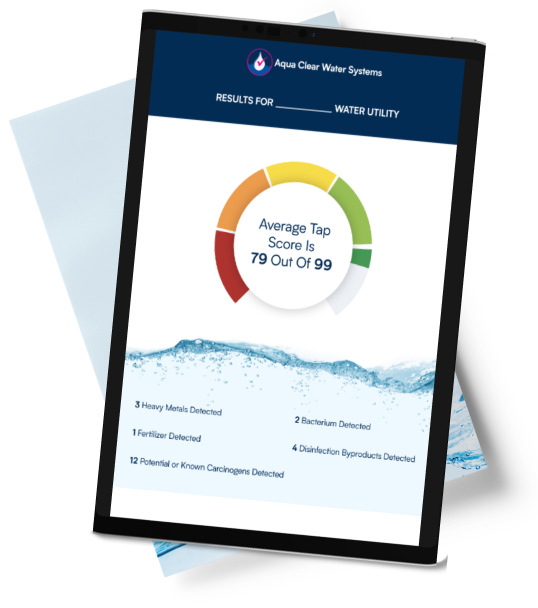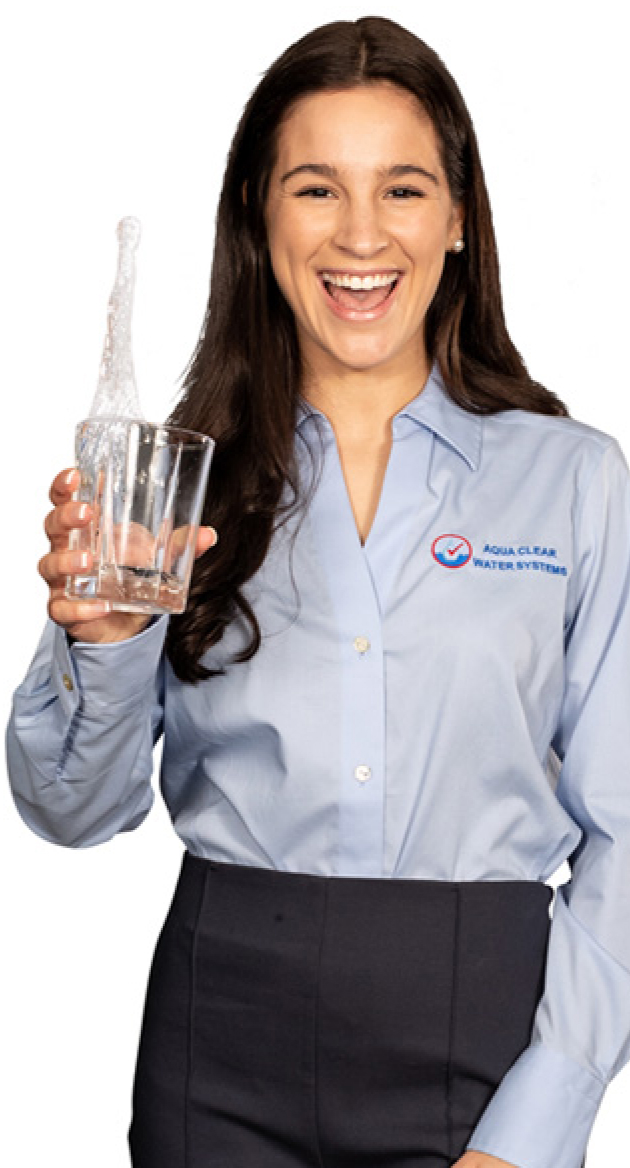More and more U.S. homeowners are turning to water filtration systems to guarantee clean and safe drinking water. But choosing the right size can be just as challenging as selecting the system itself. Without proper sizing, you risk performance issues, wasted money, and even damage to your plumbing.
With the right guidance, however, you can confidently size a water filtration system to protect your family, your appliances, and your investment.
Why Does Size Matter?
An undersized system won’t meet demand, leading to low pressure, choking pipes, and inconsistent water quality. An oversized system can cause pressure overload and unnecessary expense. Choosing the correct size ensures:
- Consistent, reliable water pressure throughout the home.
- Protection for plumbing and water-based appliances.
- Efficient filtration that reduces premature wear on filters.
- Better long-term cost savings and performance.
Key Factors That Influence System Size
To size a water filtration system properly, consider these factors:
- Household size and usage: Larger families or multiple bathrooms increase daily water demand.
- Type of contaminants: Some filters target sediment, others chemicals or bacteria. Combining filters increases system requirements.
- Water source: Well water often needs more treatment than municipal supplies.
- Hardness: Hard water with high calcium and magnesium requires larger or additional systems, such as softeners.
Calculating Household Water Demand
Sizing is usually based on flow rate, measured in gallons per minute (GPM). To estimate your household’s peak demand:
- Count bathrooms, showers, and high-use appliances like washing machines and dishwashers.
- Imagine peak usage (e.g., multiple showers, a load of laundry, and the dishwasher all running at once).
- Research the GPM of each fixture or appliance and add them up for your total peak demand.
Your chosen filtration system should be able to meet or slightly exceed this flow rate to avoid low pressure or system strain.
Different Systems, Different Sizing Rules
Not all systems are sized the same way. Here’s how the most common types differ:
- Whole-home (POE) systems: Sized to handle the peak GPM for the entire household. Best for broad coverage against chlorine, sediment, and other common contaminants.
- Point-of-use (POU) systems: Installed at a single tap or appliance and sized only for that outlet (e.g., under-sink drinking water filters).
- Specialty systems: Water softeners, UV sterilizers, and reverse osmosis units are sized based on contamination levels, hardness, and outlet usage patterns.
For many households, a combination works best. For example, a POE system can handle general treatment across the home, while a POU system at the kitchen sink ensures the highest-quality drinking water.
Why Professional Input Is Crucial
Before choosing a system size, have your water tested by a certified lab or review local water quality reports. Even within the same city, households may face different issues depending on plumbing and local conditions. A professional can:
- Identify the exact contaminants present in your water.
- Recommend the right type and size of system for your needs.
- Ensure correct installation that preserves warranty and complies with building codes.
Final Thoughts
Sizing a water filtration system isn’t just about buying the biggest option—it’s about matching the system to your household’s real-world water usage and quality needs. By considering flow rate, contaminants, and water source, you can avoid costly mistakes and enjoy clean, reliable water in every room of your home.
If you’re unsure where to start, the experts at Aqua Clear Water Systems can test your water, calculate your household demand, and recommend the ideal system size. With the right setup, you’ll have safe, great-tasting water and peace of mind for years to come.







